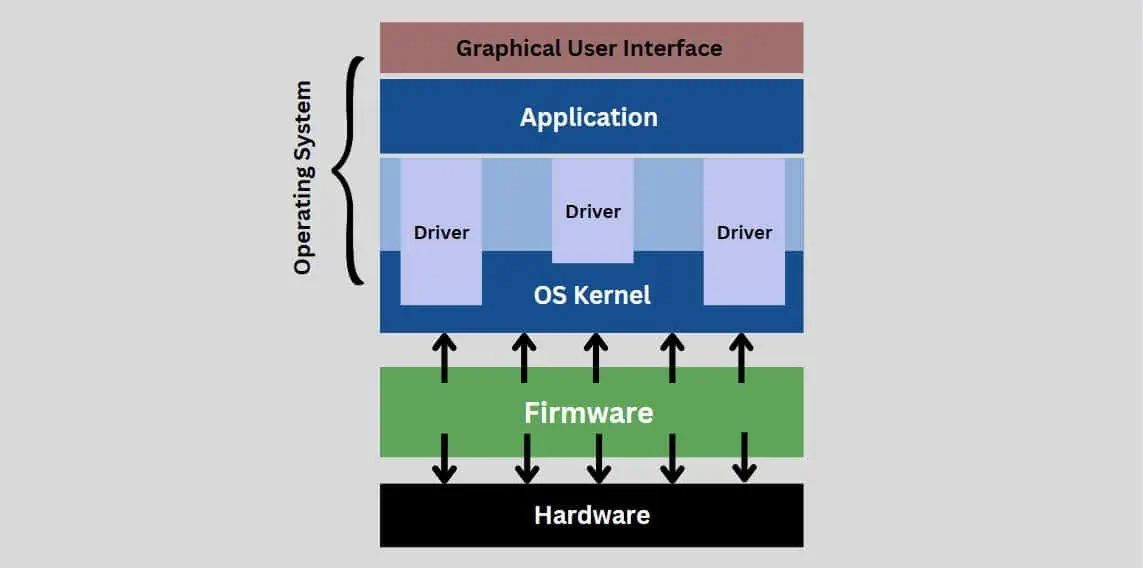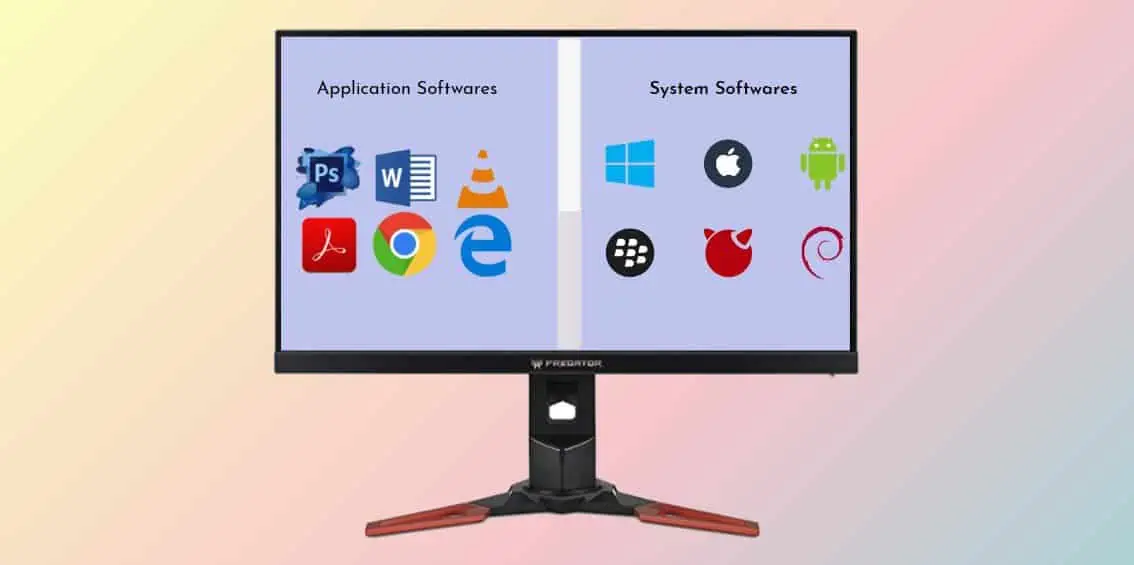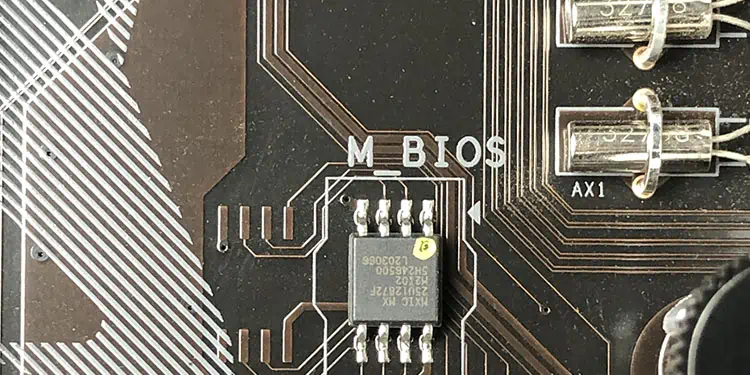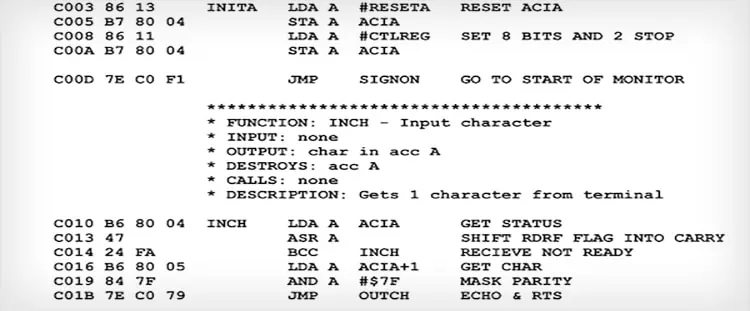Software is a common computing term that we use pretty often. It is what makes our computers usable in our daily lives.
But what is firmware, and what does it actually do? How does it differ from software, and is it really required for your device?
Well, firmware falls under the category of software. However, it is different from typical software in the manner it operates, its development, and many other factors. In this article, we will dive into the details of both of these and figure out all the differences.

Firmware is software that is integrated into the hardware to control it. This piece of software is designed using low-level programming languages and is embedded into the non-volatile memory—for instance, PROM.
Firmware is required to keep a computer functional even in the absence of all other software. All it does is initiate the basic instructions on a computer, and it does not even require an operating system, unlike the software.
When you check the layers of computer architecture, you will find firmware right above the hardware. This indicates that firmware resides on the hardware and loads immediately after the device is turned on. This is what distinguishes firmware from software.

Firmware is classified into low-level, high-level, and subsystem firmware. A low-level firmware cannot be updated or rewritten, while high-level ones allow updates. A subsystem firmware comes with an embedded system and also can be updated. Moreover, such firmware is more sophisticated than low-level firmware.
One common example of Firmware is theBasic input/output system (BIOS)that resides inside the ROM of the computer’s motherboard. BIOS is responsible for initializing the hardware prior to handing the system controls over to the operating system. This is the primary function of most firmware.
Software is a program, algorithm, and procedure that instruct the computer to perform a specific set of functions. From the operating system to the applications that you use on the computer, they all fall under the category of software.

The software gives a user interface to your computer, manages your data, and offers multiple tools to perform a wide range of tasks. Software is a broad term—the firmware on your motherboard or the router itself is software embedded inside the hardware.
From the hardware initialization perspective, the thing that makes the firmware different from the software is that firmware loads first after a computer is powered on. The control over the device is later handed over to the system software or the operating system.
Broadly speaking, the software is usually classified into two types—system software and application software. The system software acts as a mediator between the user and the hardware. An operating system, for instance, is an example of such software. Such a software category manages the computer’s resources, provides a user interface that you may work with, and even offers a platform for developers to write programs.

The system software lets you access the application software such as the web browser, office suite, or Graphics/designing programs. The application software that we use on our computers runs on top of the operating system.
Differences Between Firmware and Software
Here are some other factors that make firmware and software different from each other.